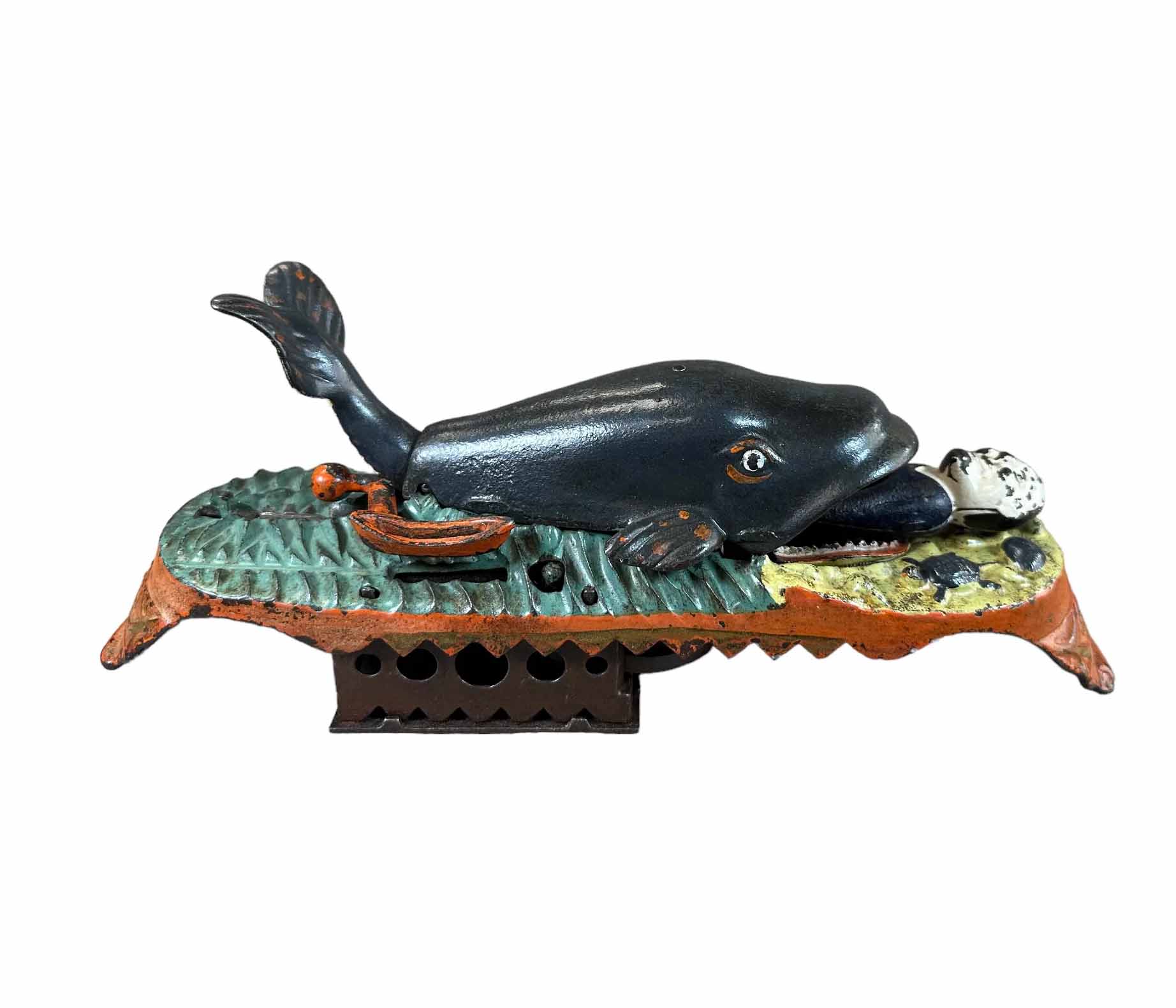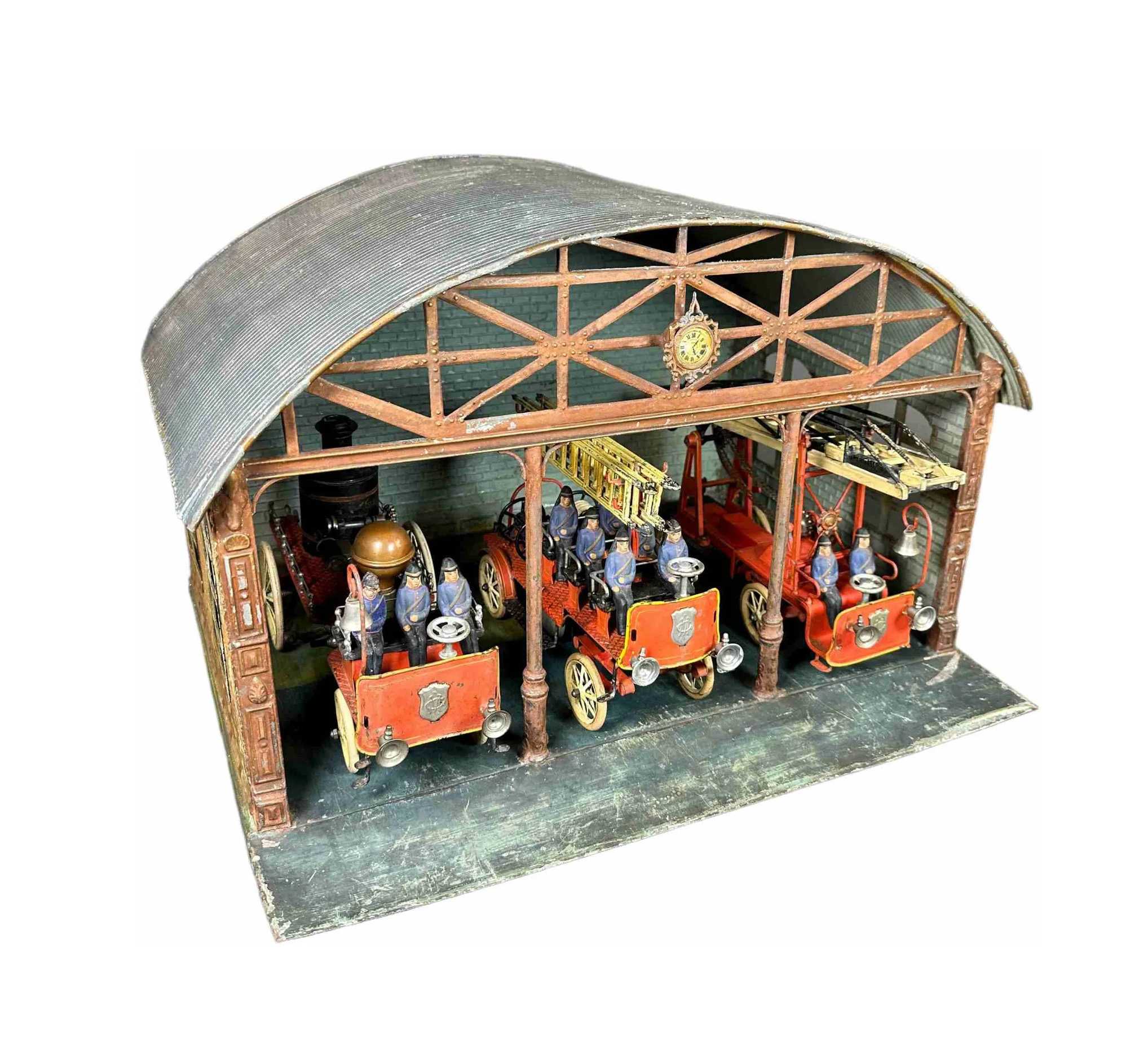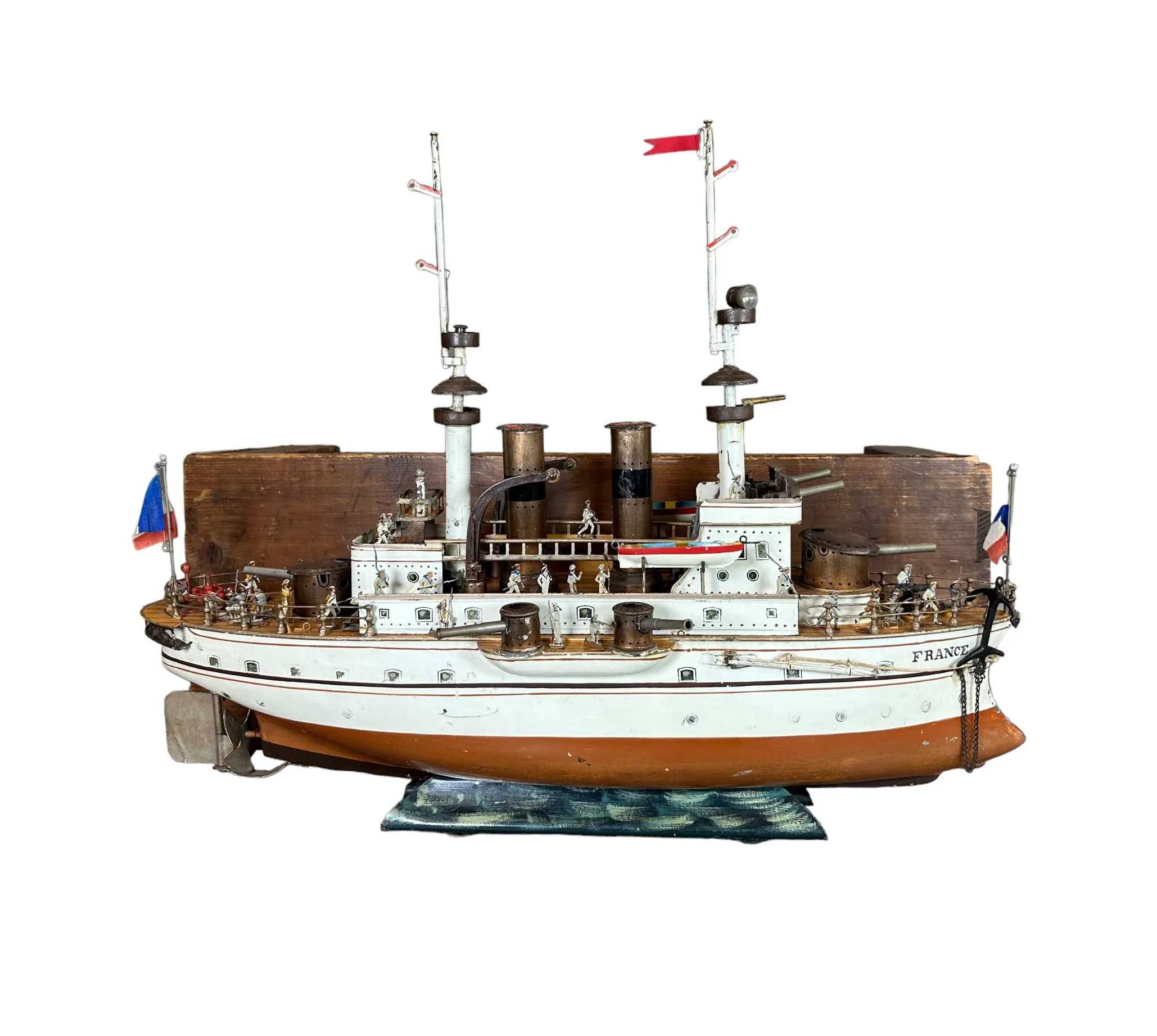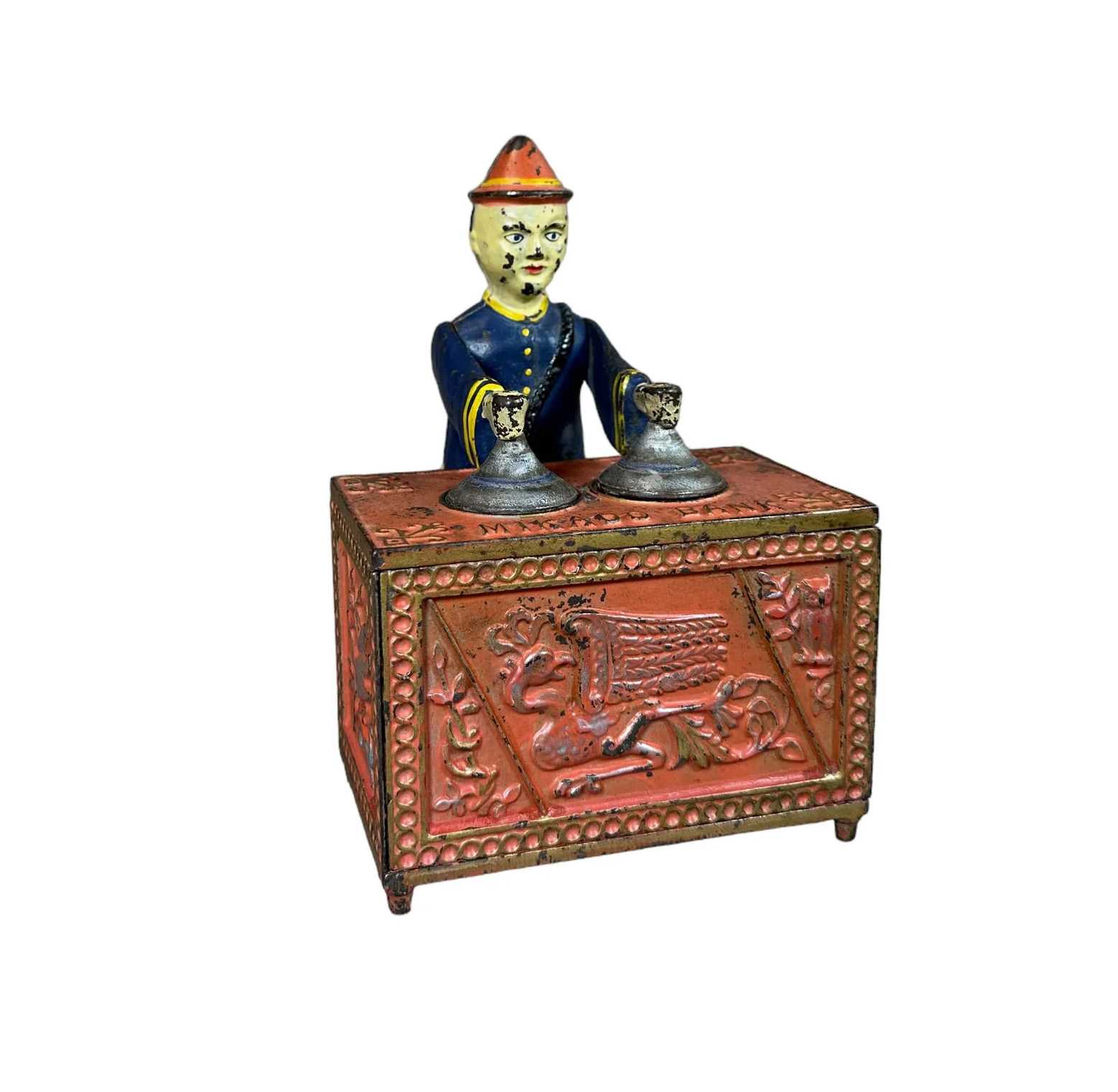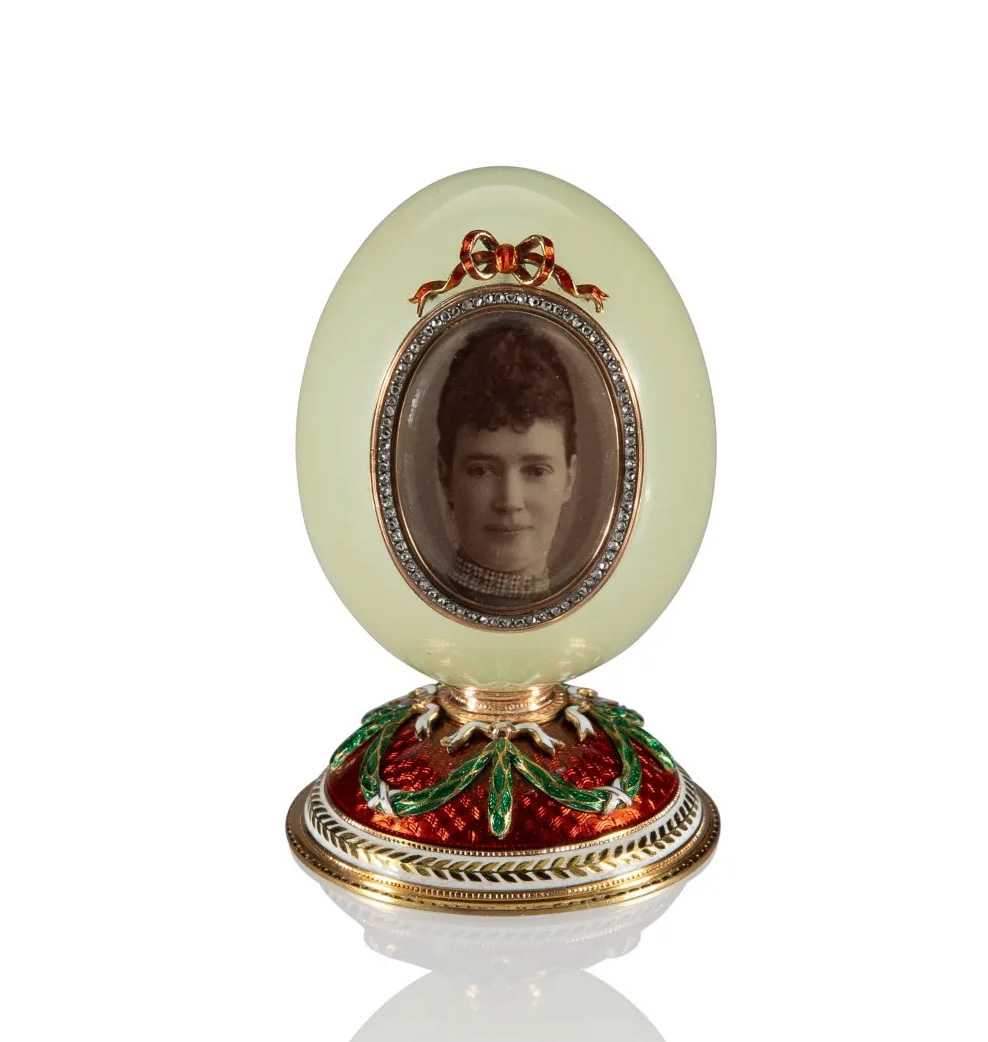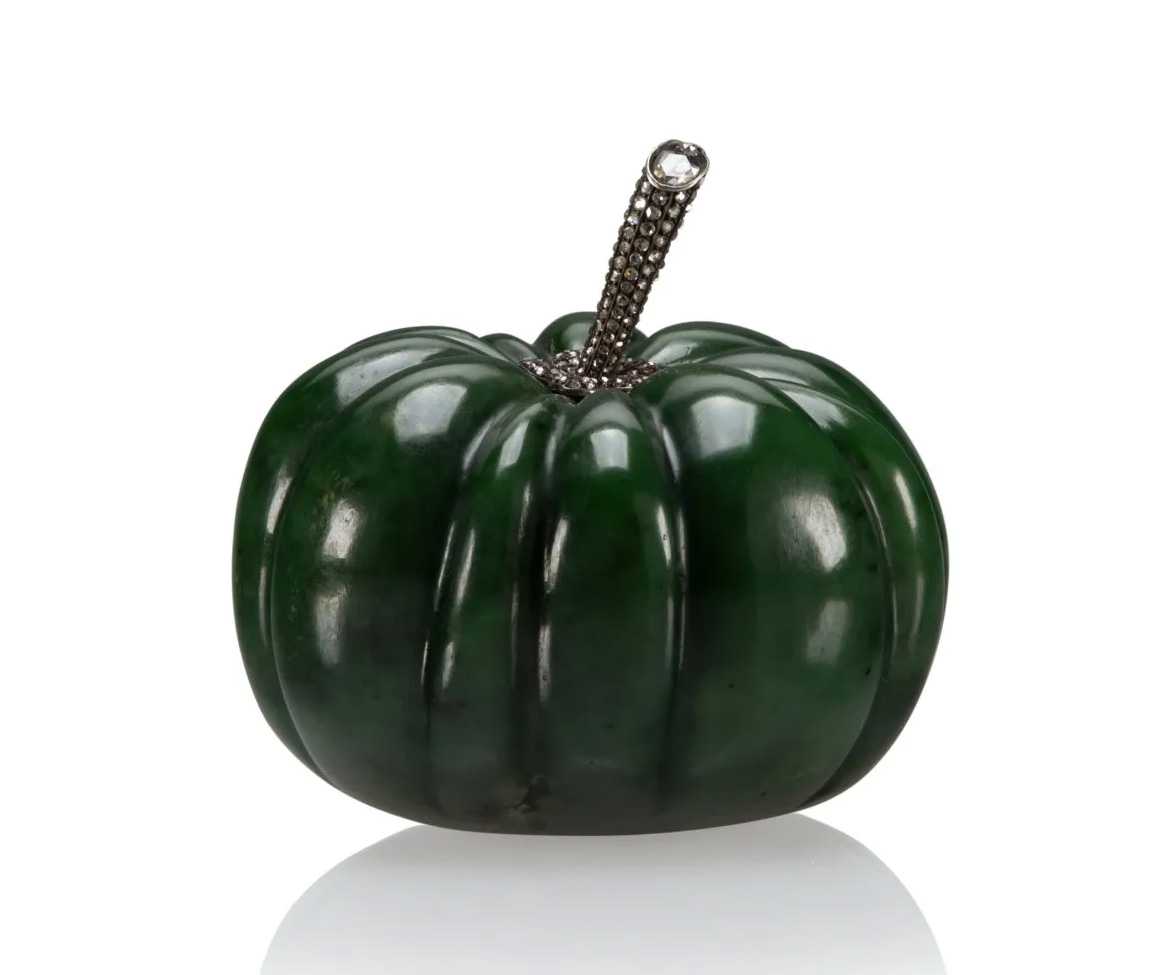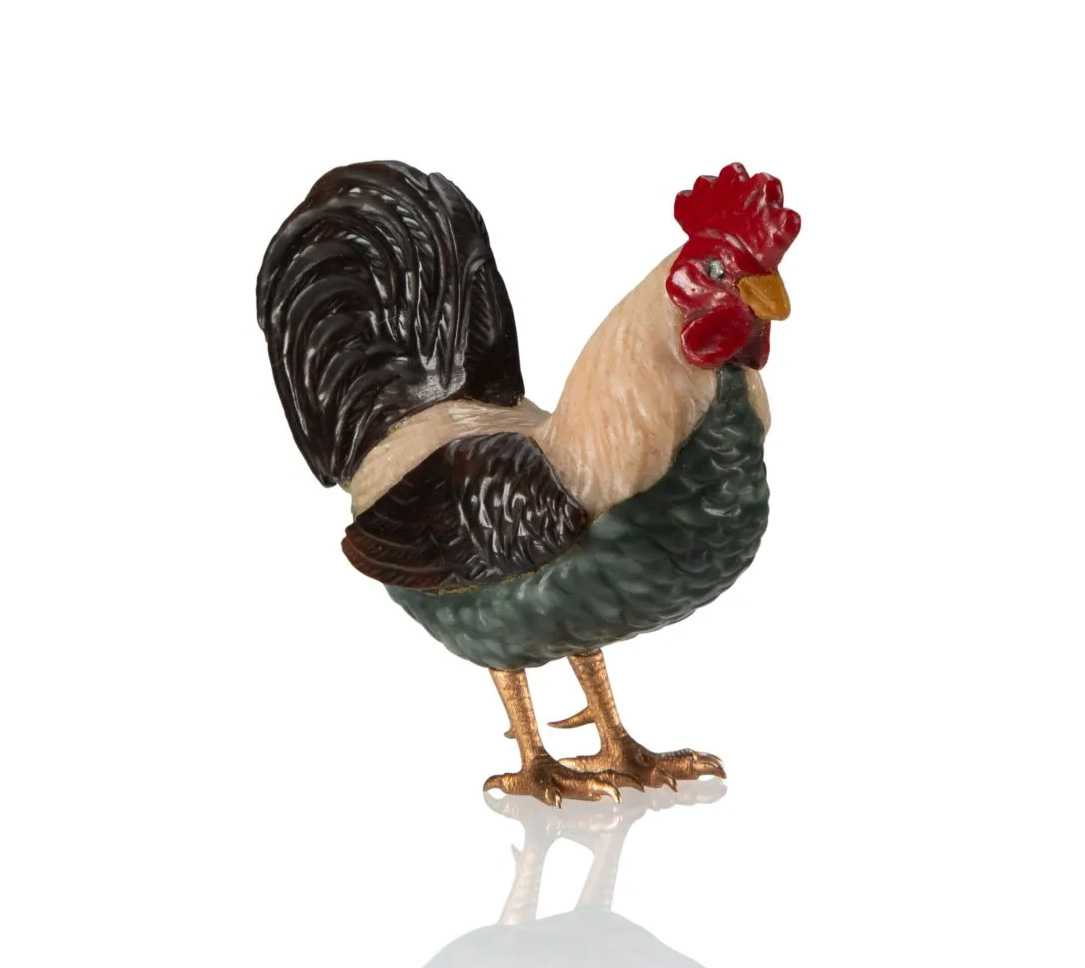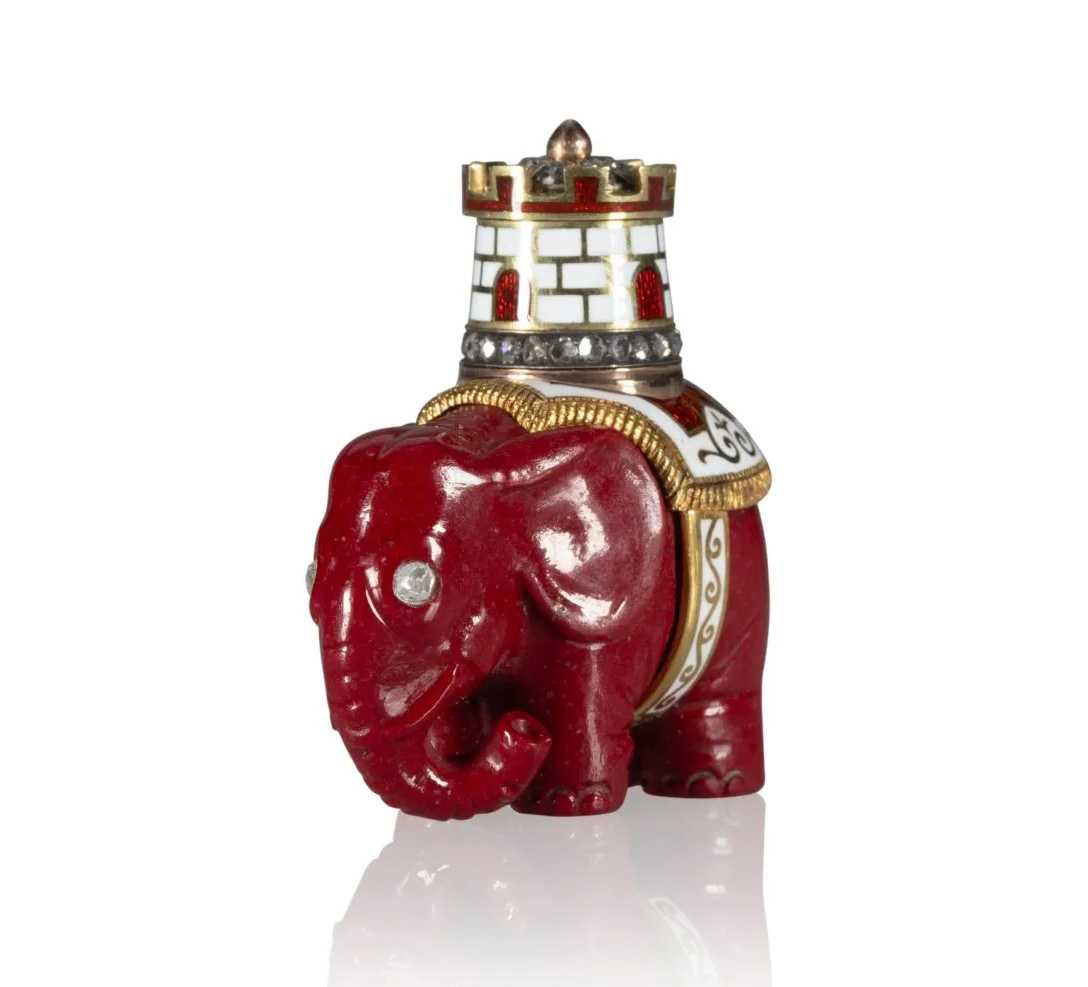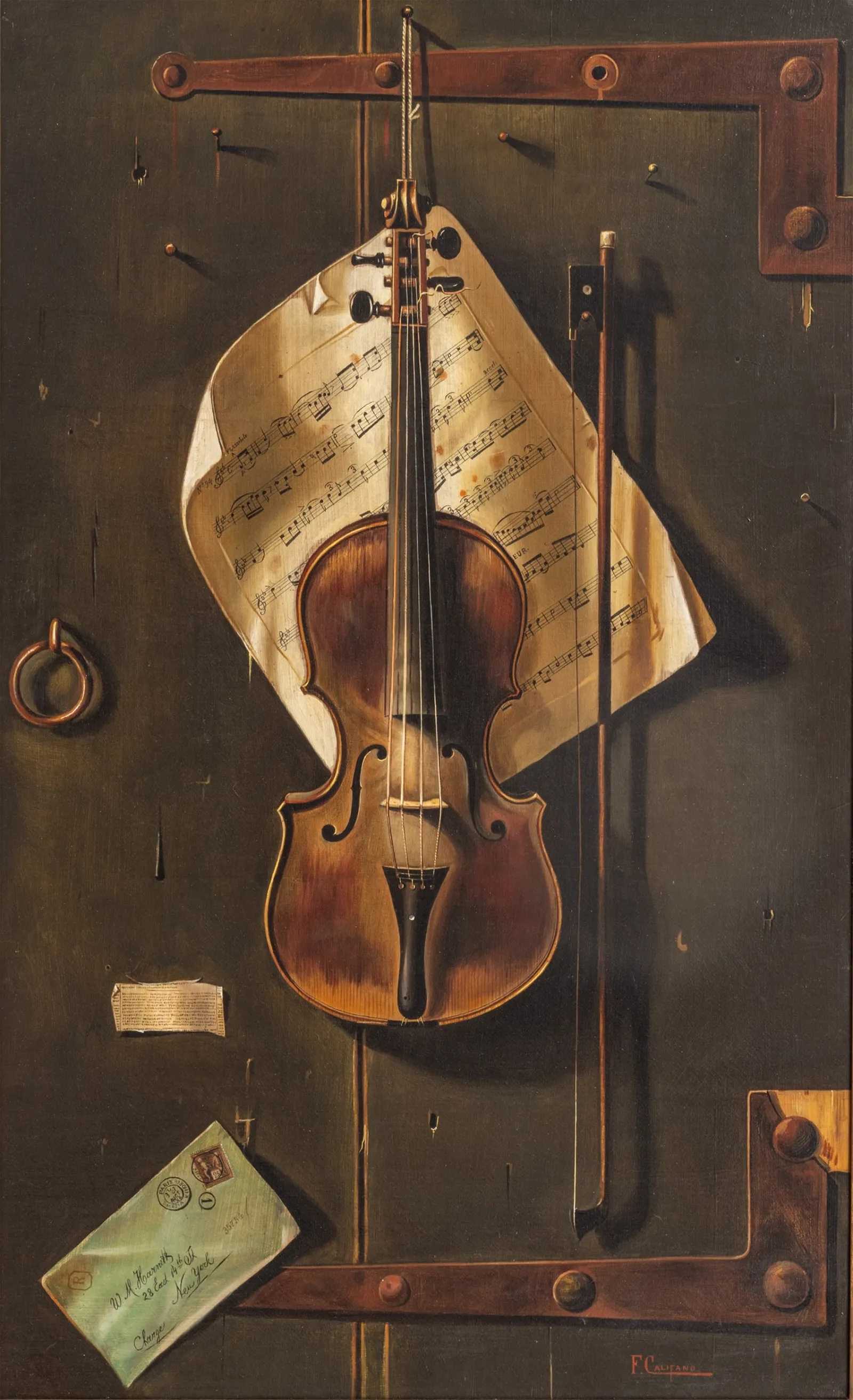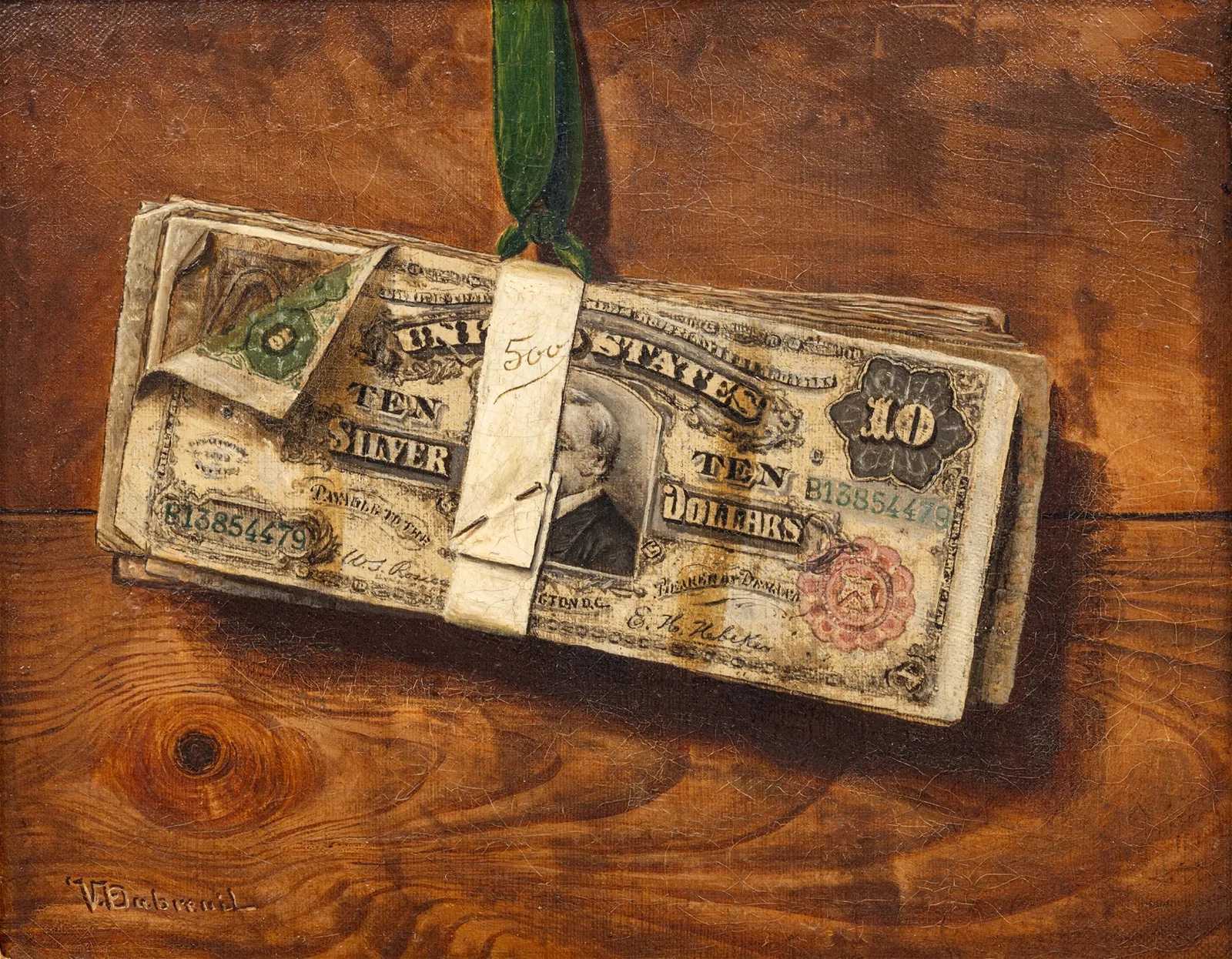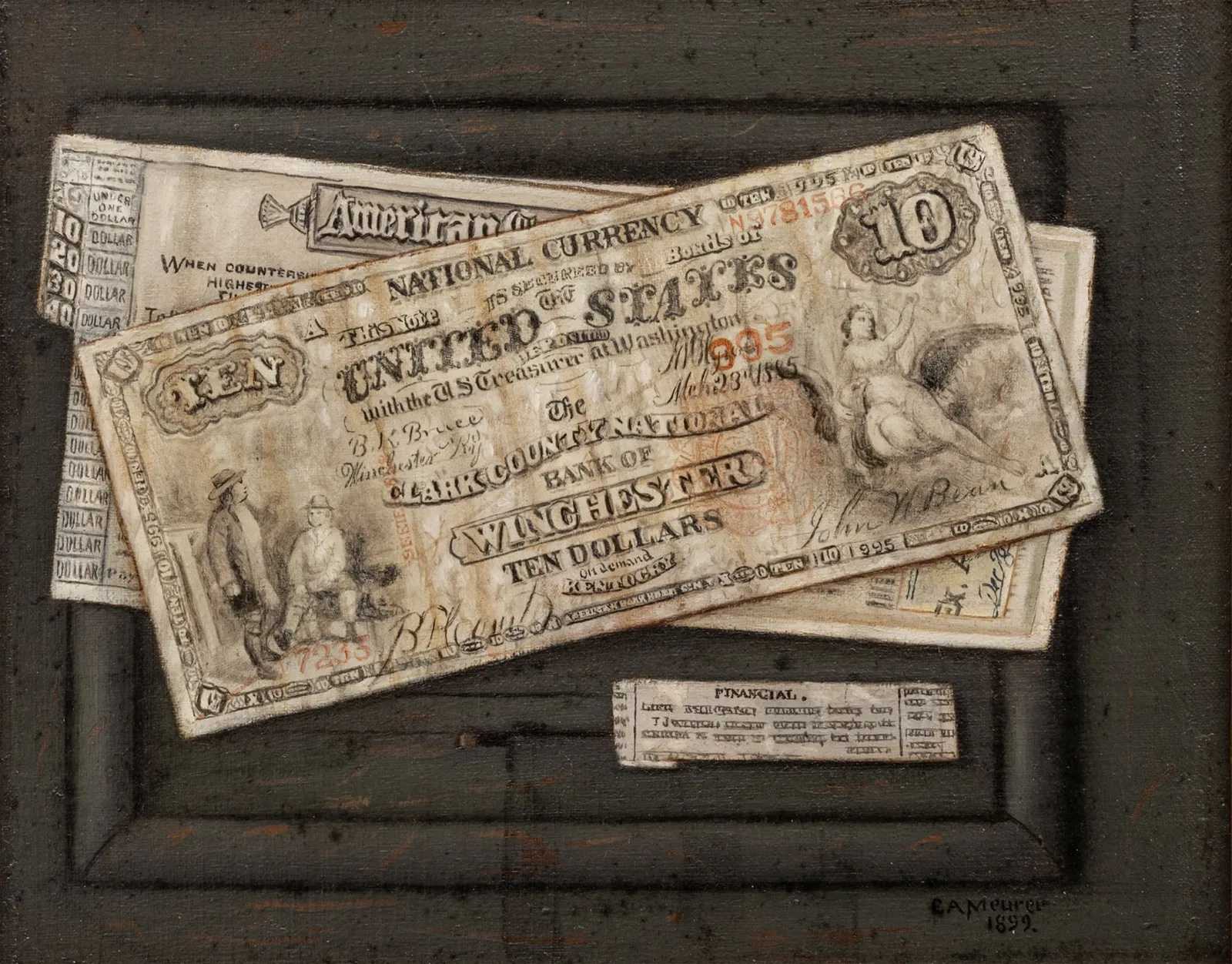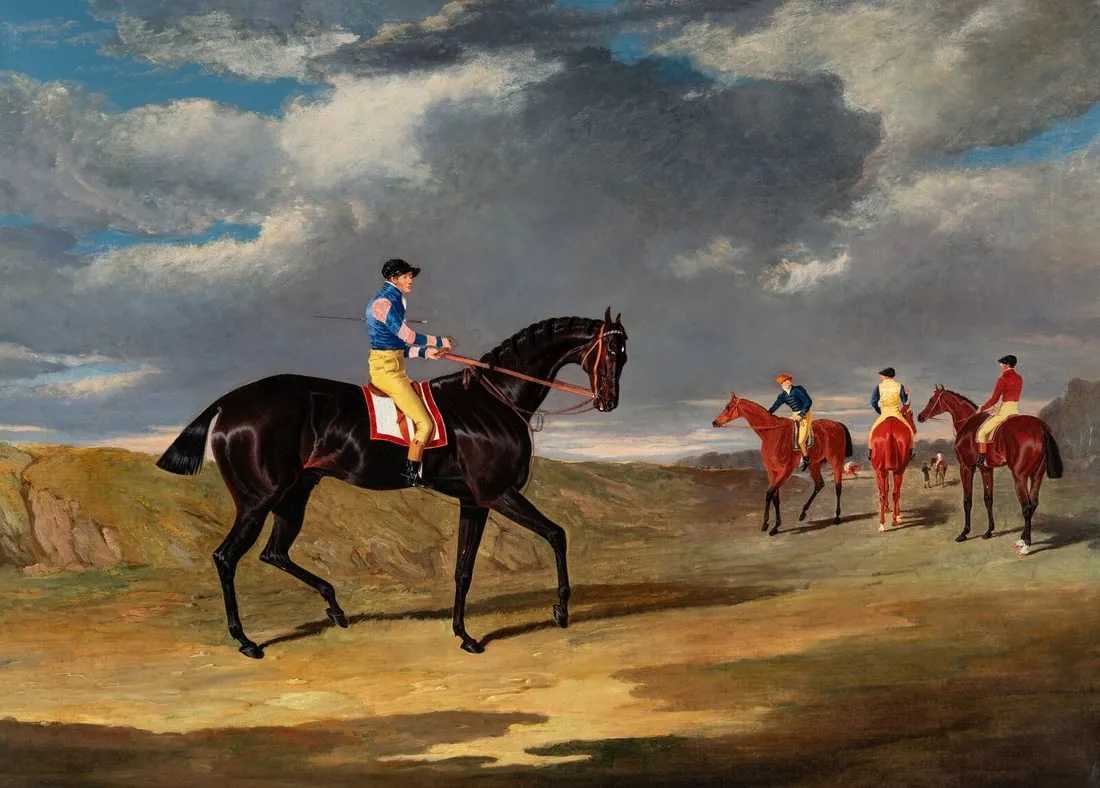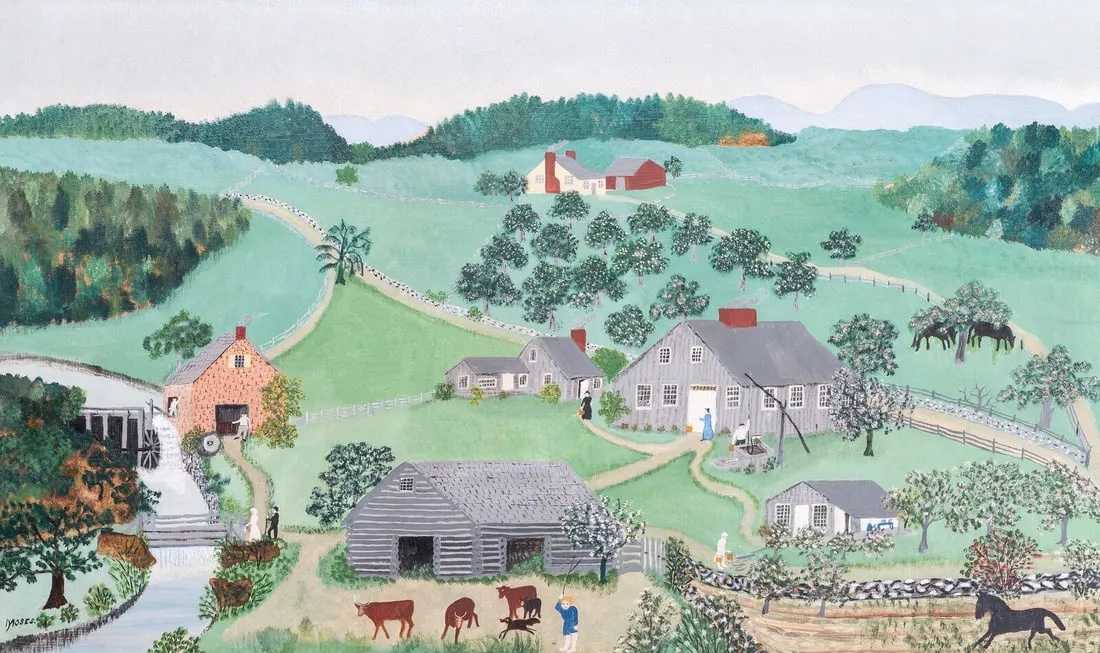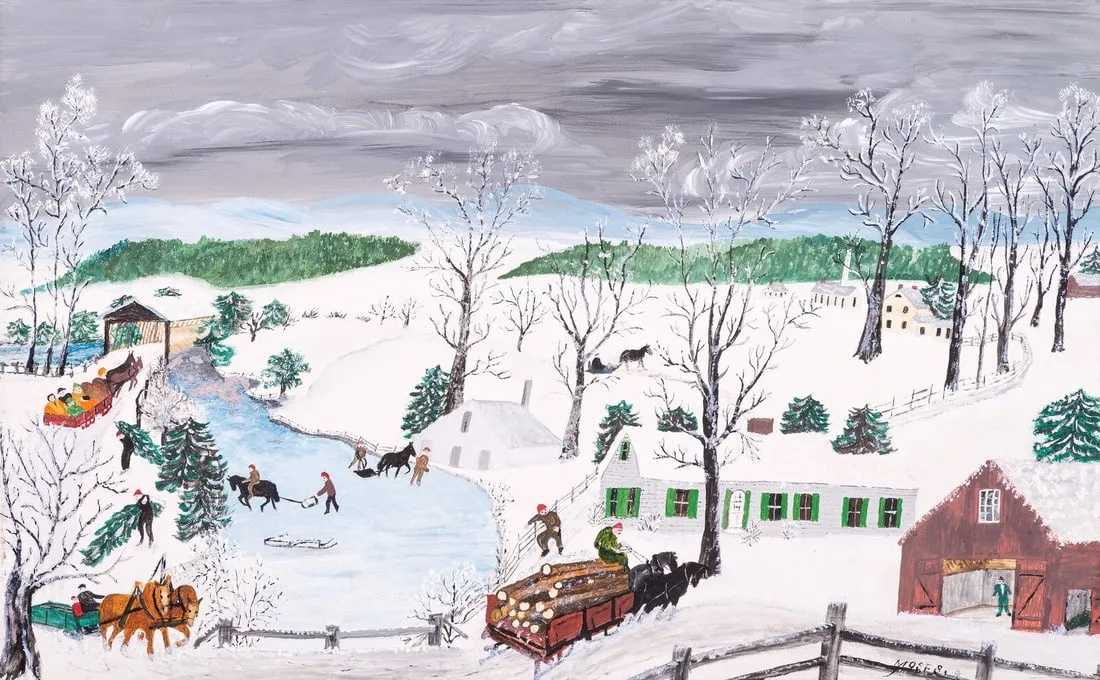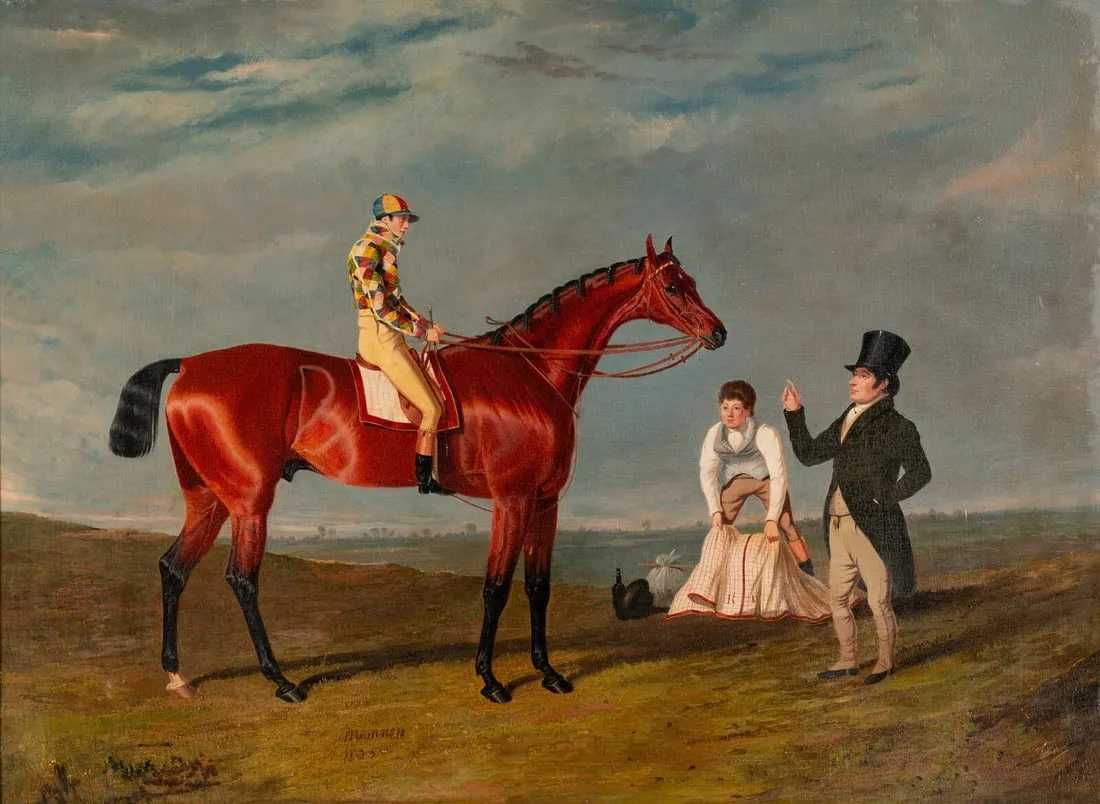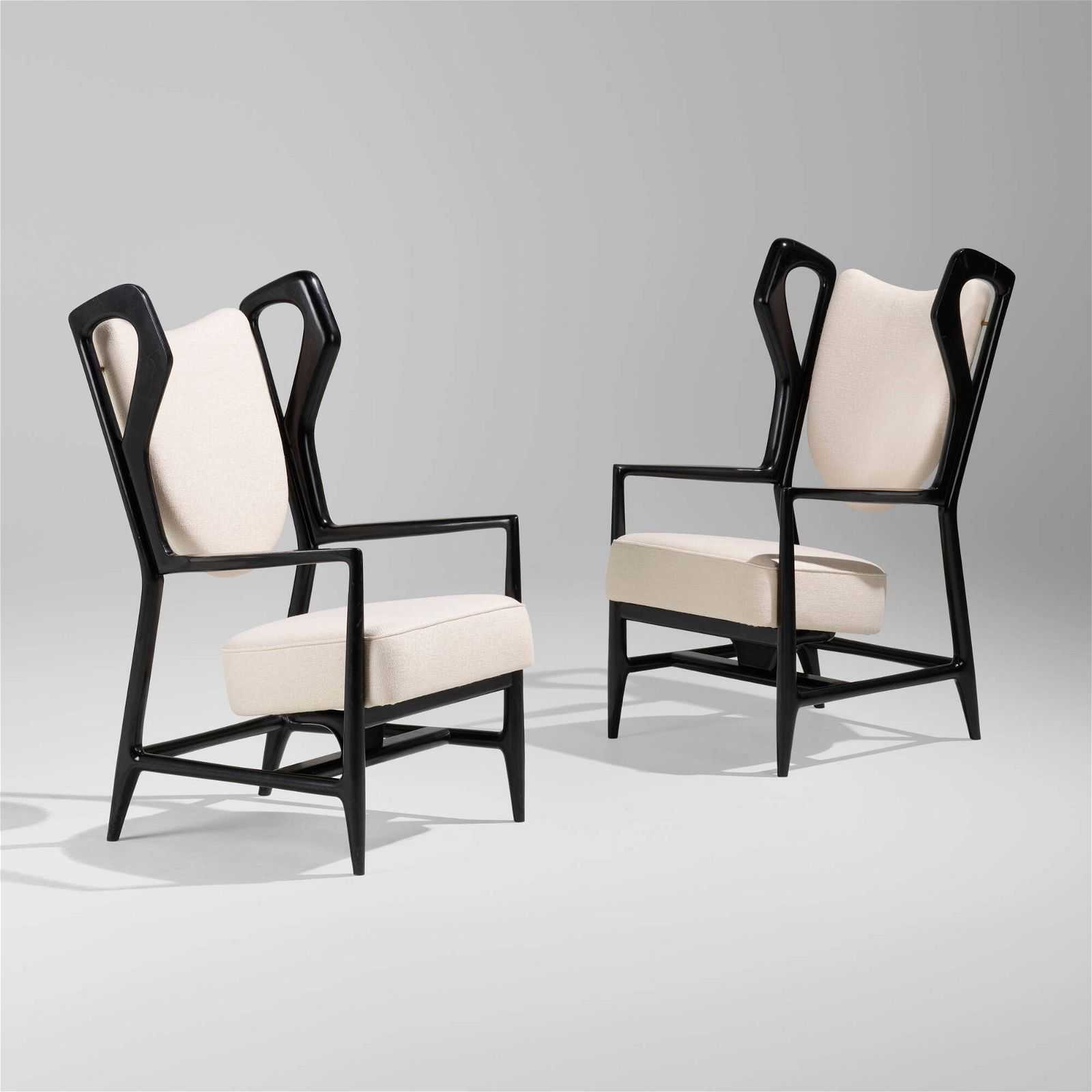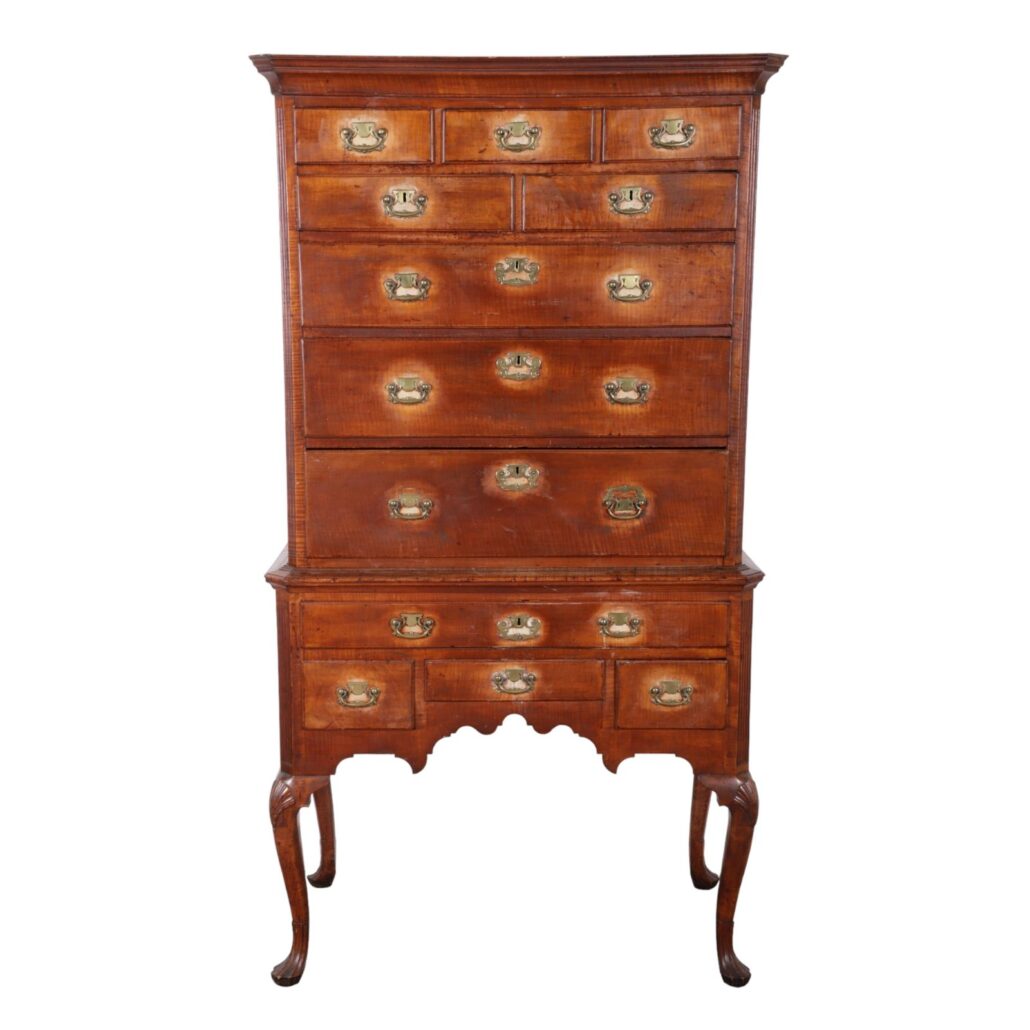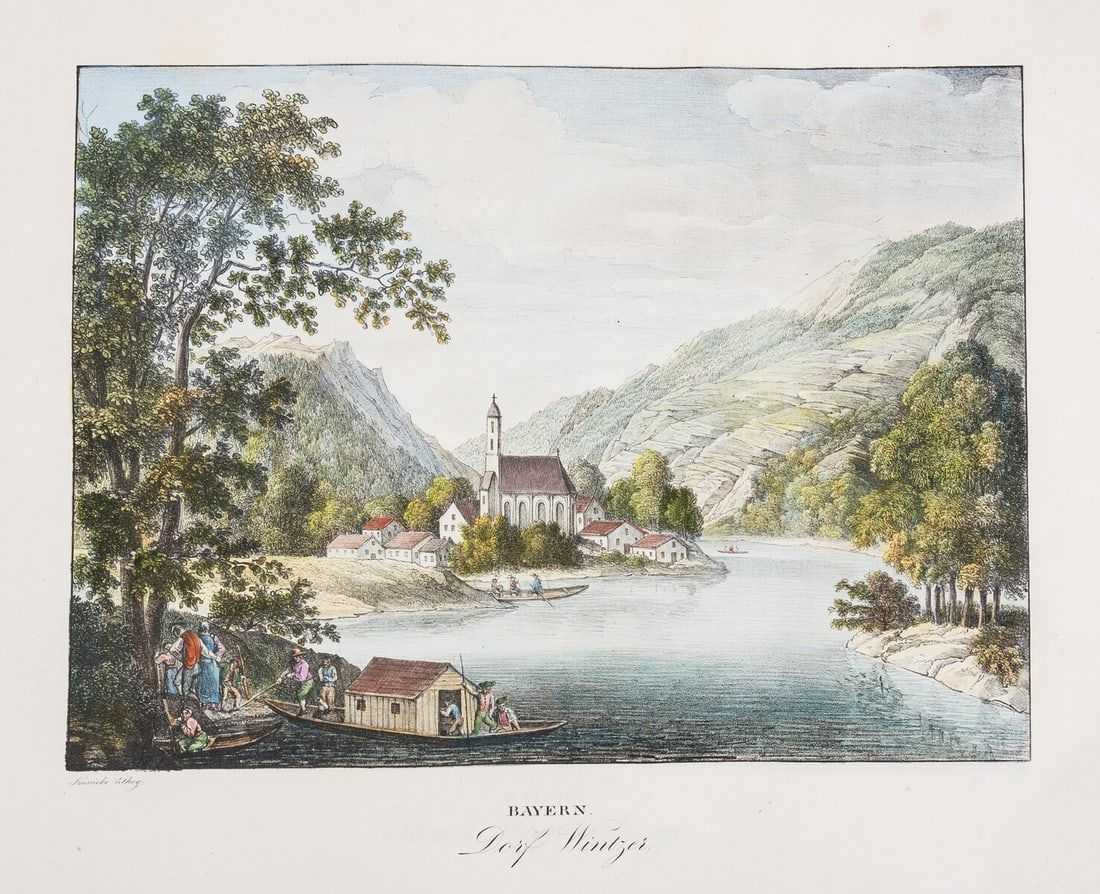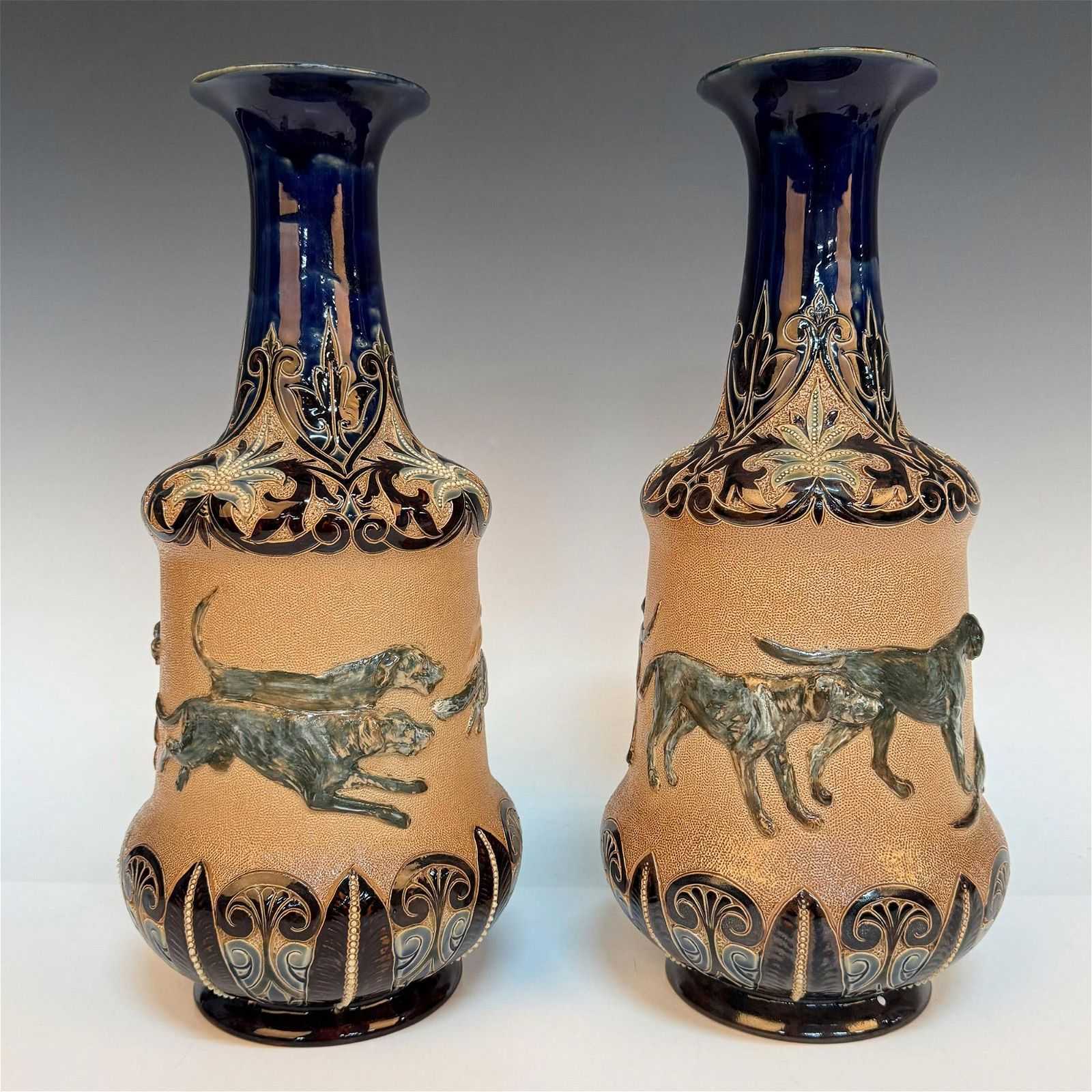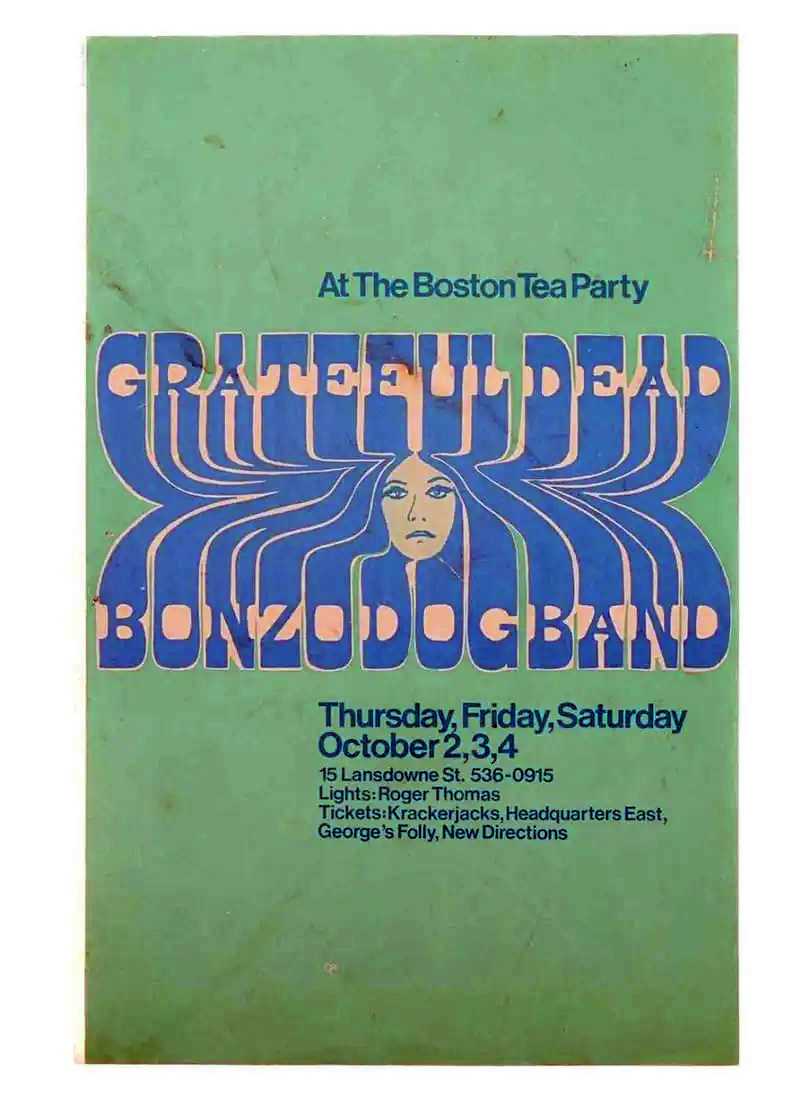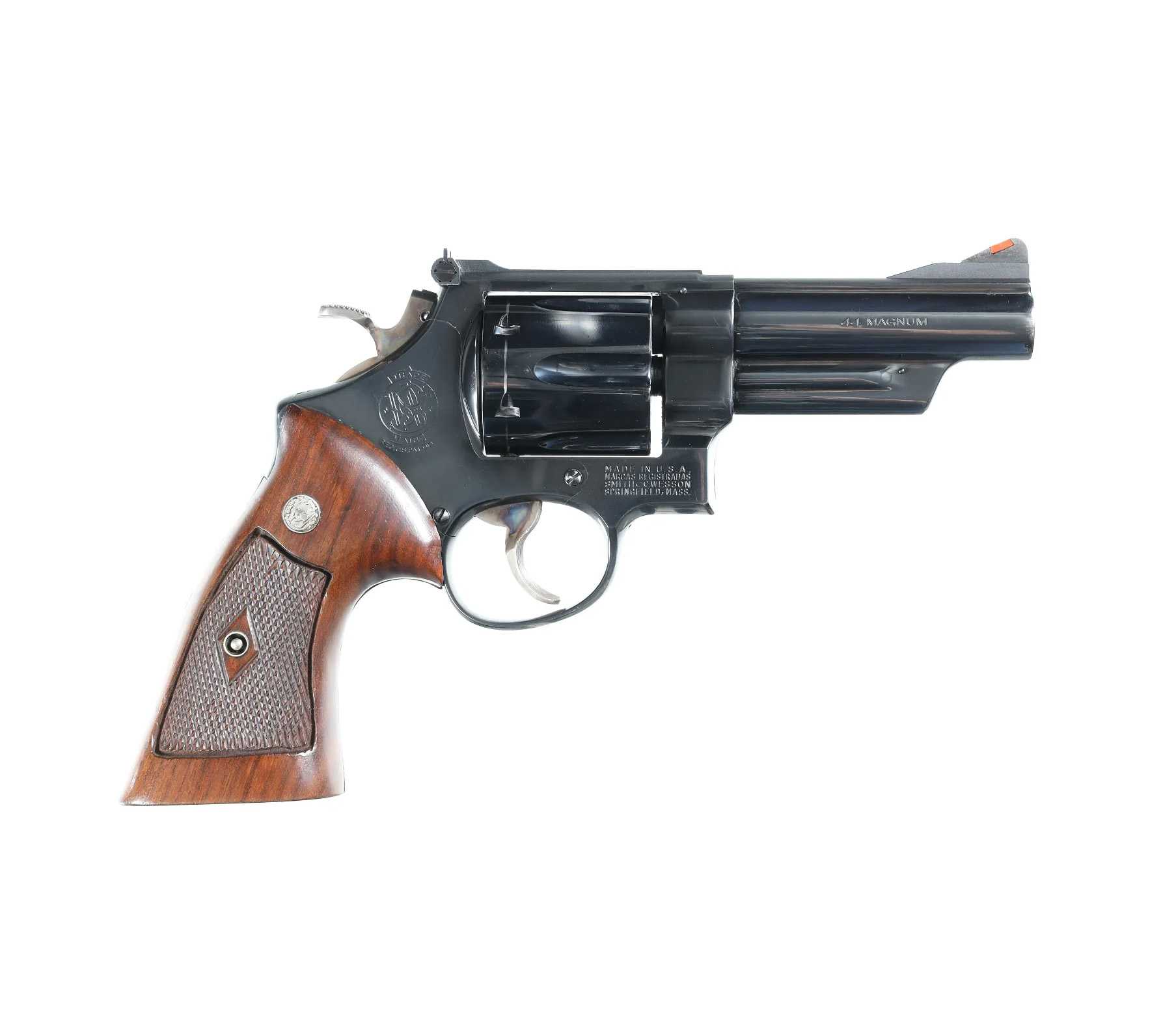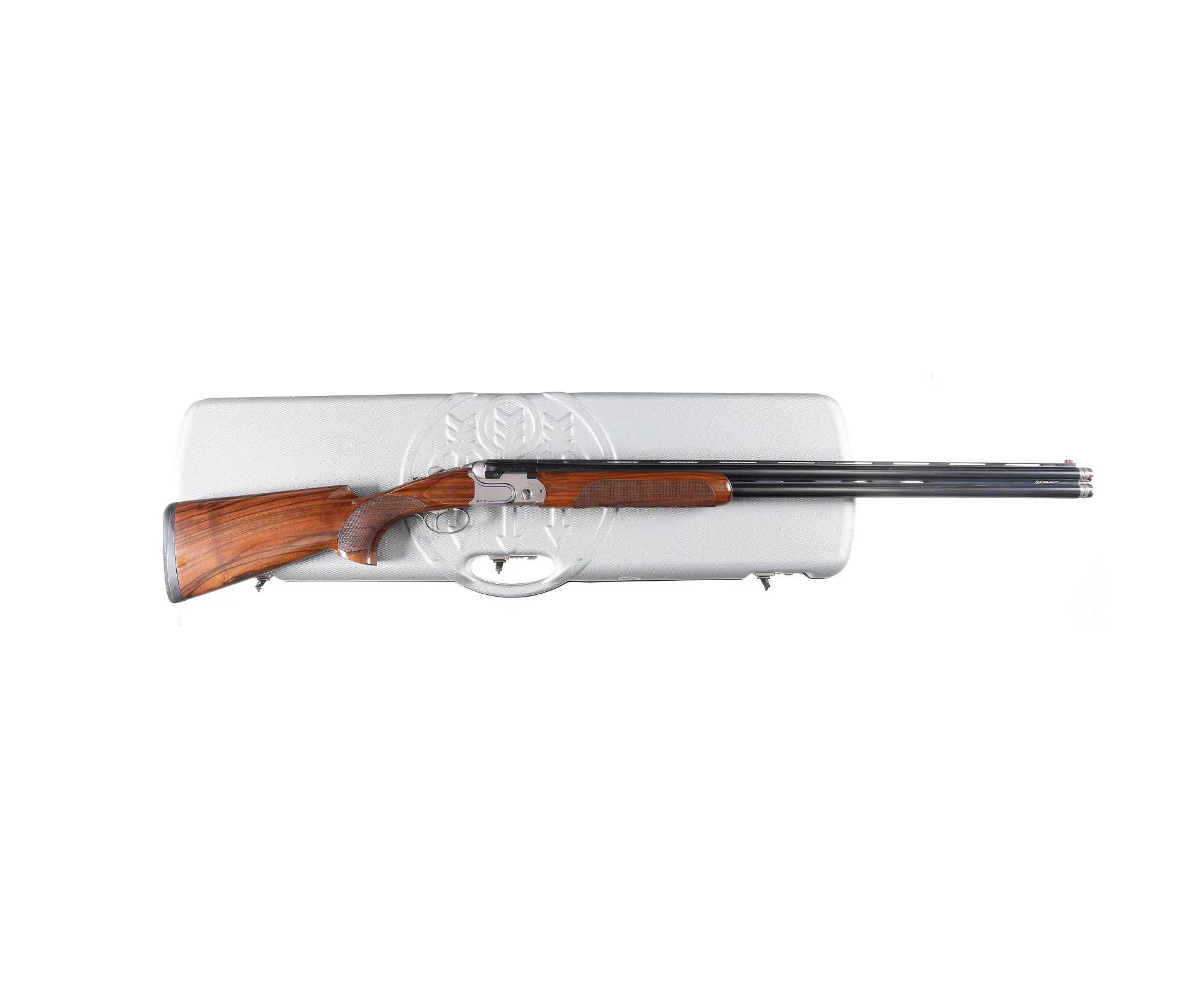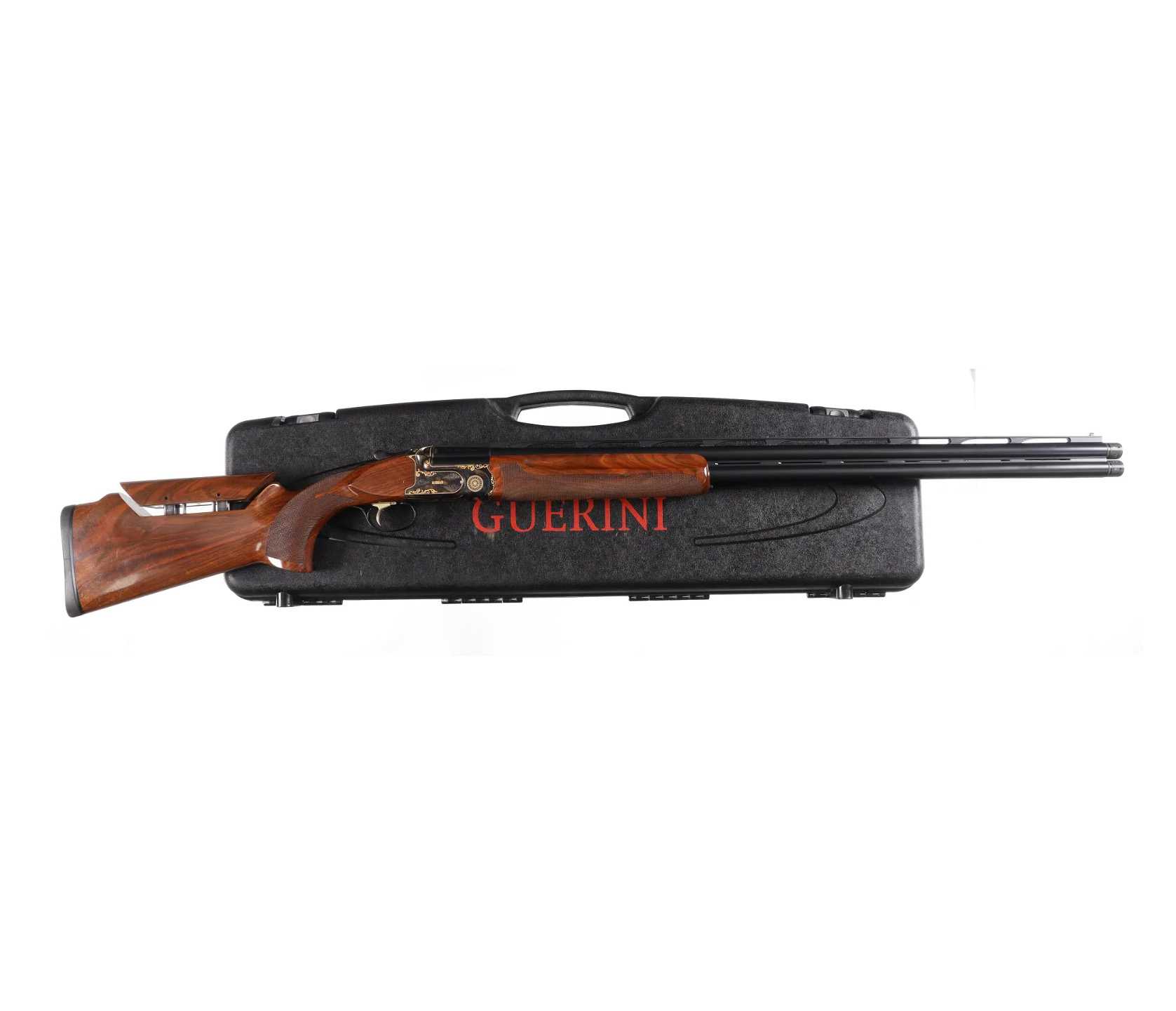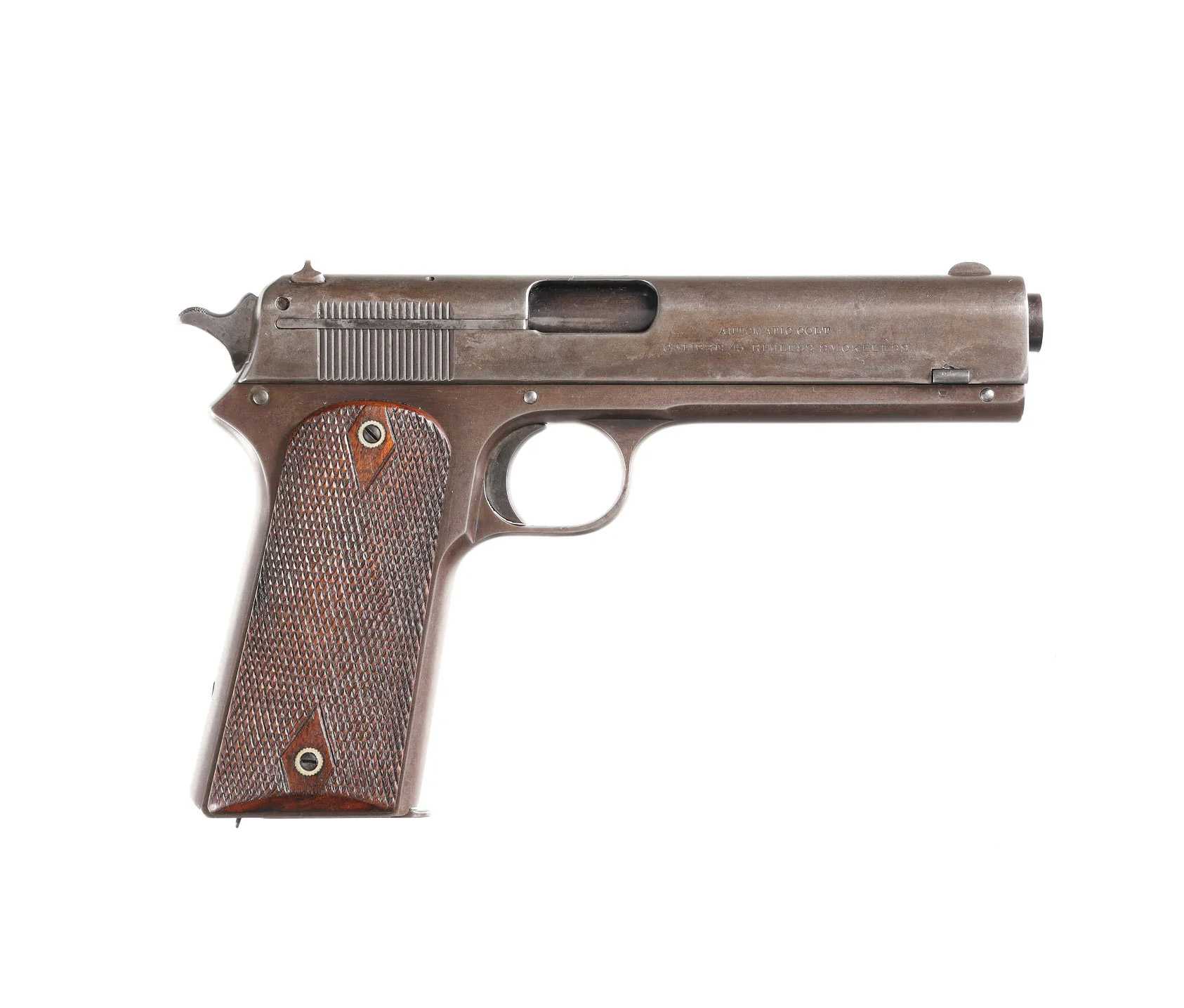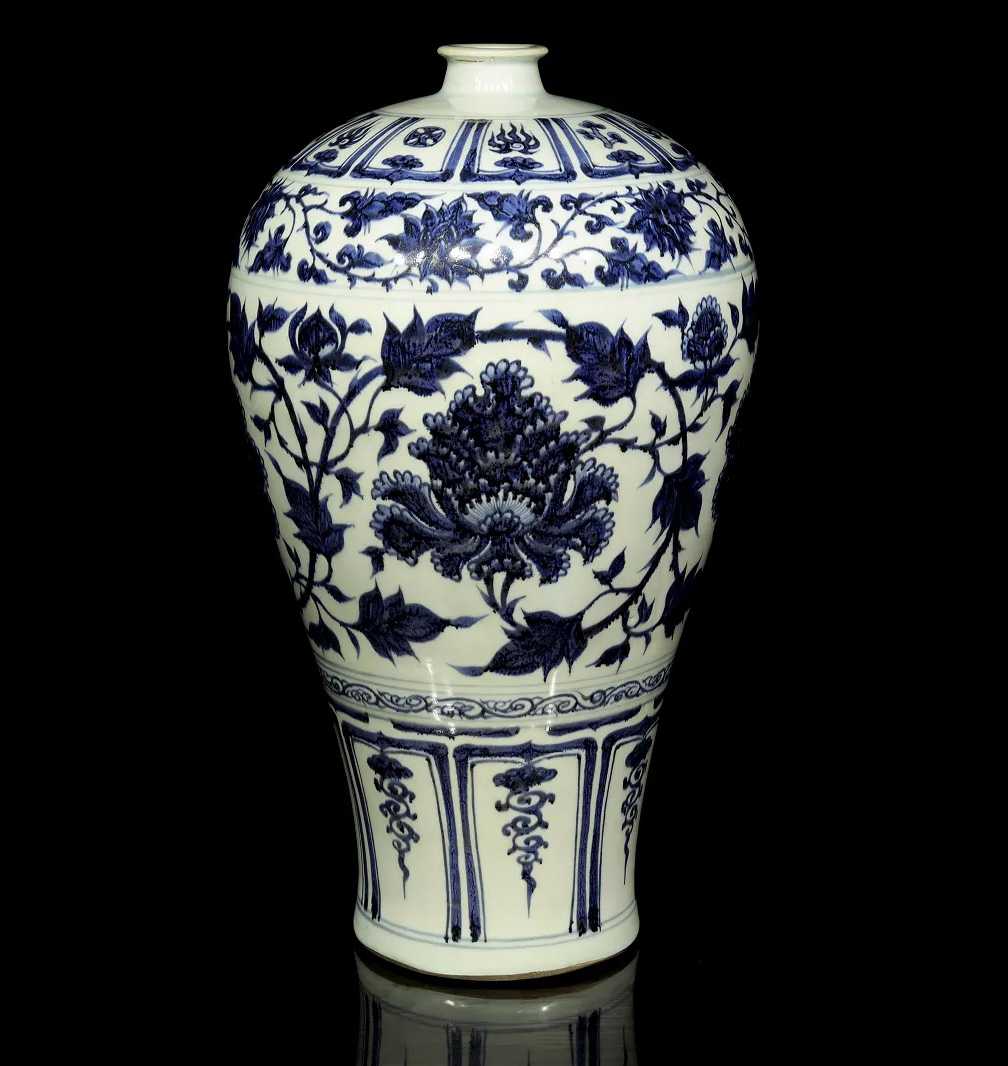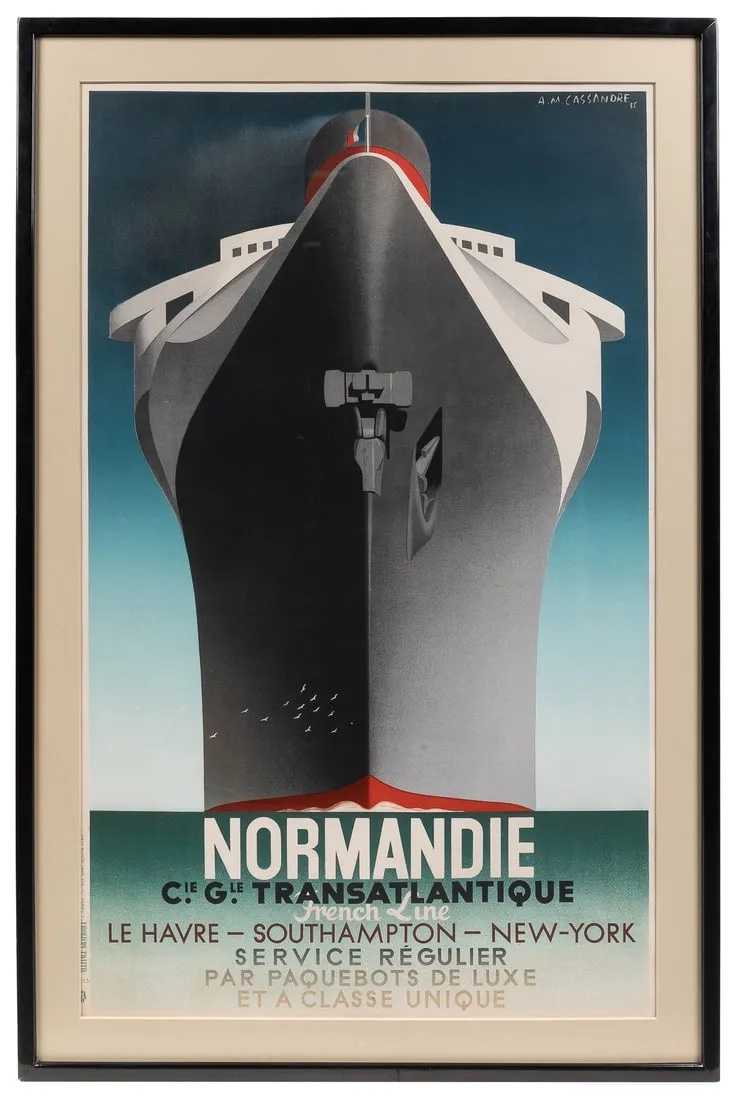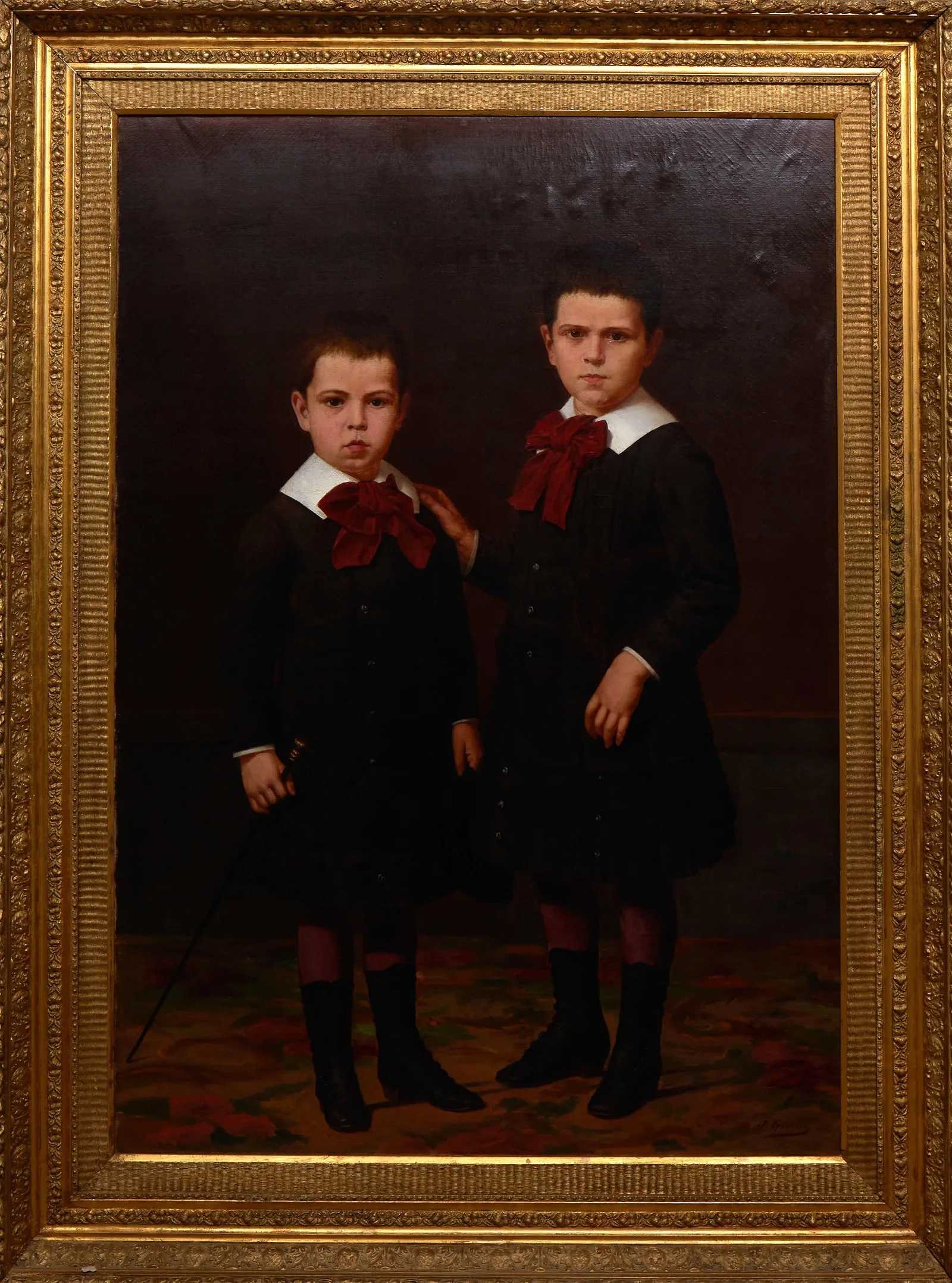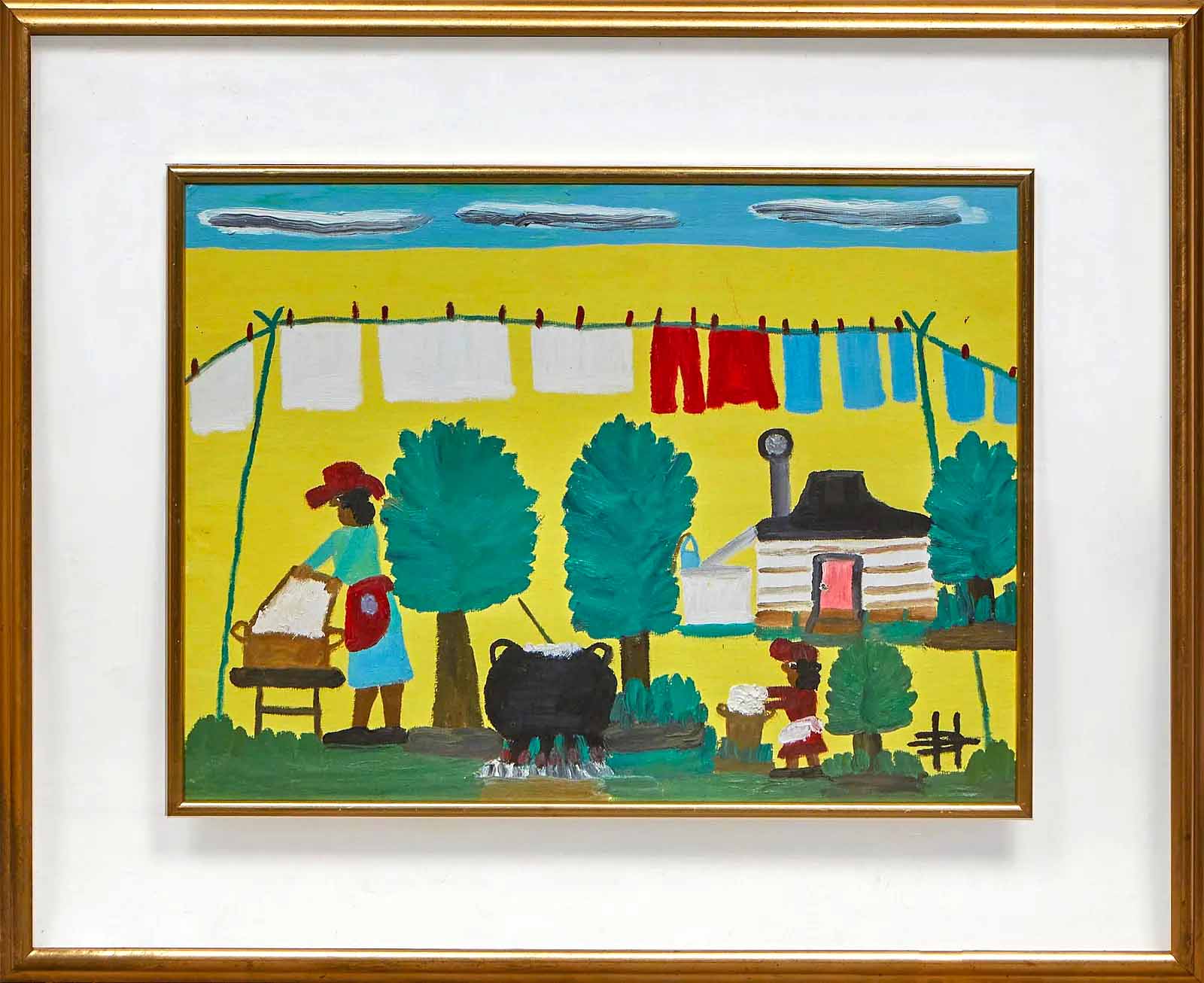DUSSELDORF, Germany – The sale at Hargesheimer Kunstauktionen on April 18 included an outstanding Russian icon and okled by Orest Kurlyukov. Made less than two decades before the Revolution forced the Moscow jewelers to close, it was in the 1890s that the firm founded by Kurlyukov Orest Fedorovich (1845-1916) in 1884 was at its peak, often supplying cloisonné enamel work to both Ruckert and the Fabergé workshops. Sale results can be seen at LiveAuctioneers.
The tempera on wood panel icon it houses is a copy of the Mandylion of Edessa, the legendary relic that was said to bear the miraculous imprint of the face of Jesus Christ. However, of equal importance to its commercial fortunes was the large 13 by 12in (33 by 29cm) silver-gilt frame worked in the elaborate ‘old’ or ‘original’ Russian style. It is marked ‘O Kurlyukov’ in Cyrillic alongside the Moscow assay mark for the period of 1896 to 1908.
Kurlyukov made a specialty of these icons and sold them in a number of different sizes, of which this was the largest and most complex. Another was offered by Sotheby’s in London in 2010 with an estimate of £200,000-£300,000 ($249,000-$373,685).
The market for the best Russian works of art has not been too negatively affected by sanctions: those who can afford them have multiple residences in different jurisdictions. This piece, with some minor restoration, was estimated at €80,000-€160,000 ($85,570-$171,135) but hammered for €420,000 ($447,000) and sold for €558,600 ($597,500) with buyer’s premium.
The following day, the auction house offered another important icon and riza – this one with a much earlier date. The tempera on wood panel depicted the famous Lady of Kazan, the holy icon of the highest stature within the Russian Orthodox Church, representing the Virgin Mary as the protector of Russia. It is thought to date from the last quarter of the 17th century as it is a gold riza engraved with local saints. The silver-gilt triptych in which it is housed was made in Moscow circa 1800. Estimated at €50,000-€100,000 ($53,480-$106,960), it hammered for €270,000 ($288,785) and sold for €359,100 ($384,100) with buyer’s premium.
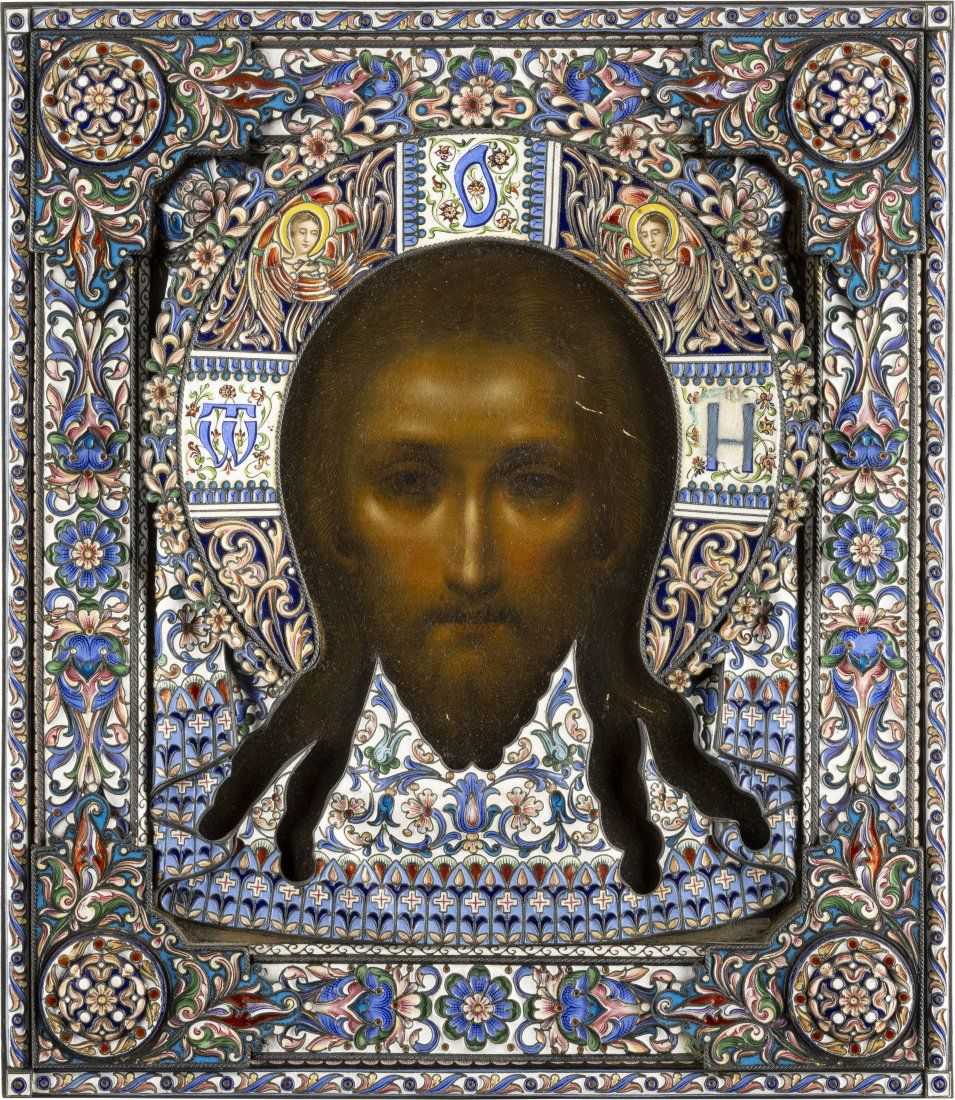
Late 19th- or early 20th-century Mandylion icon and silver and cloisonné enamel okled or riza by Orest Kurlyukov, which sold for €558,600 ($597,500) with buyer’s premium at Hargesheimer Kunstauktionen.
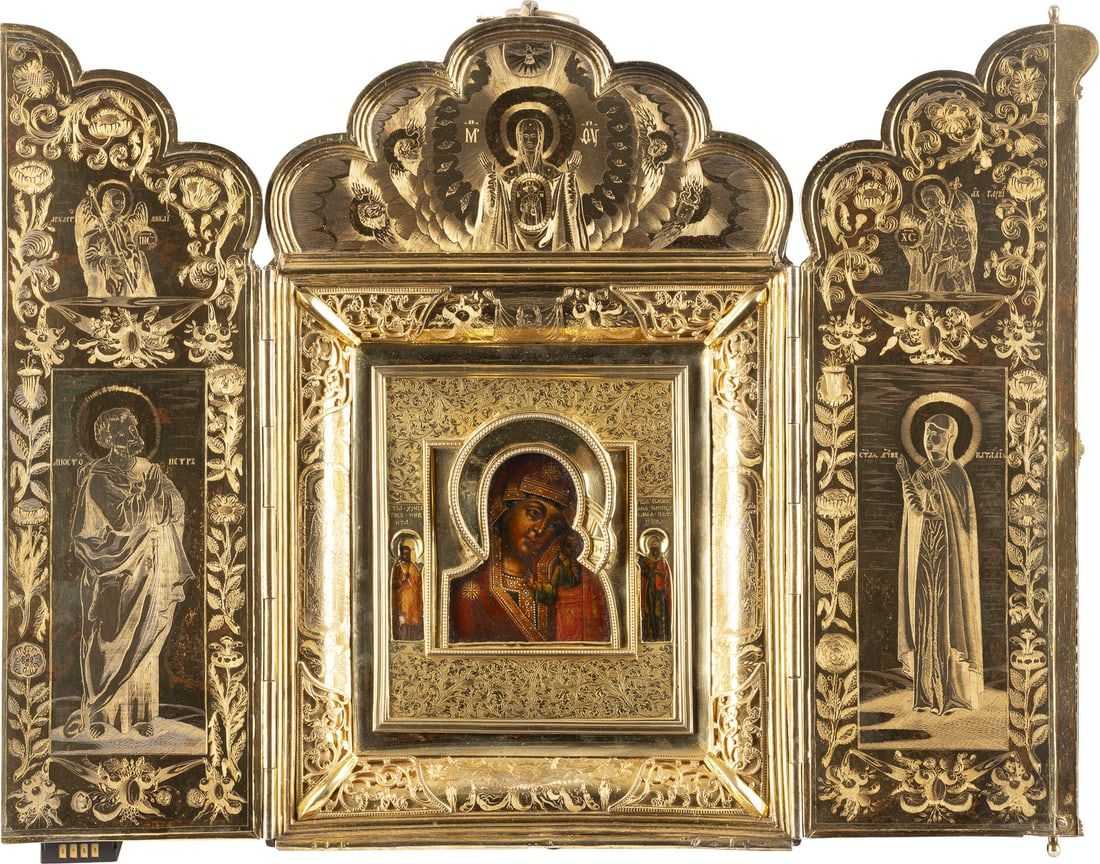
Circa-1800 tempera on wood panel icon of the Lady of Kazan in a silver gilt triptych, which sold for €359,100 ($384,100) with buyer’s premium at Hargesheimer Kunstauktionen.


